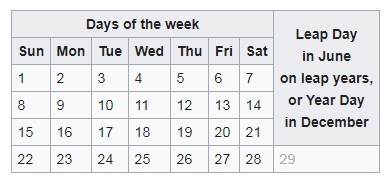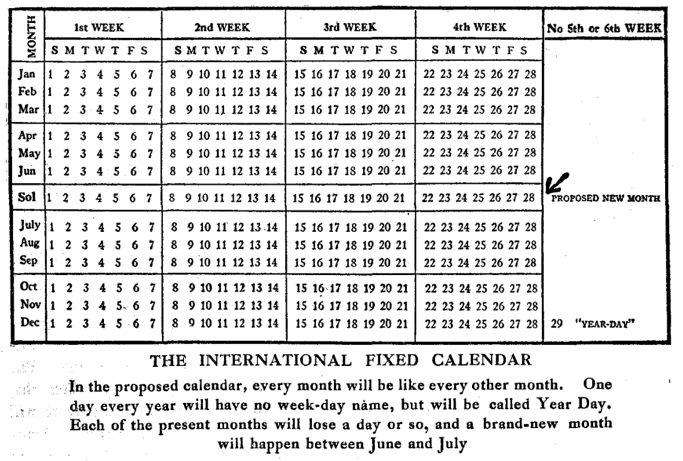
We need to stay one step ahead of cancer to treat it most effectively. And new research from scientists involved in our biggest investment in lung cancer to date – TRACERx led by our chief clinician Professor Charles Swanton – could help us get there. The team has found clues in the blood that takes us one step closer to predicting the course the disease could take.
The new study, published in Nature Medicine,shows that if potential tumour cells are detected in the blood during surgery, it’s a good indicator that lung cancer will return.
It’s still early days, so far only 100 patient blood samples have been analysed. Professor Caroline Dive and her team from the Cancer Research UK Manchester Institute now hope to boost the sensitivity of the test, to make sure they reliably predict which cancers are more likely to come back.
And, as Dive explains, this information could help doctors get smarter about lung cancer treatment.
Identifying the culprits
But that’s not all they did. The team went into a little more detail in one person who had their blood sample collected at surgery. As well as mapping out the DNA profile of the lung tumour removed during surgery and the DNA profile of the tumour cells draining from the vein in the lung, they also looked into a second tumour that came back 10 months after treatment.
“The very interesting observation we made,” says Dive, “was that some of the tumour cells we found in the blood at surgery had a DNA profile that looked really, really similar to the DNA profile of the returning tumour.”
This suggests these were the cells that would go on to settle in another part of the body and start a new tumour.
“By looking at an individual patient who developed a secondary tumour 10 months after their surgery, we were able to trace the origin of the secondary tumour to particular cells that were escaping into the blood from the primary tumour at the time of surgery,” says Dive.
The team couldn’t, however, find matching cells in the first tumour, which suggests only a really small population of cells break off to grow elsewhere and are responsible for the tumour coming back (metastasis).
“I was surprised how such a small frequency was responsible,” said Dive. “But this is in one patient, we need to do lots more of this type of study to map where the dangerous cells are.”
Even though the findings need to be backed up using samples from more patients, Dive said what was really interesting is that even in the early stages of lung cancer, it looks like dangerous cells are already getting into the bloodstream.
“For many patients those cells that get into the bloodstream probably die and don’t cause trouble. But clearly there are some that do.” Dive says the big questions now is: can they identify the bad cells?
And if they can identify certain characteristics of tumour-seeding cancer cells in the blood, could they use this genetic information to tailor cancer treatment?
Clearly there are some big questions that need to be looked at further. But this early work has certainly put Dive and her team in a good position to out-manoeuvre lung cancer.
“We’re really only at the beginning of this story and there’s a lot of work to do, but we’re already learning so much.”
Gabi
Read more on TRACERx:
Tracing genetic chaos in 100 lung cancer patients could help predict survival
Science Snaps: spotting lung cancers’ ‘crime hotspots’
The immune system preys on growing lung cancers, forcing them to evolve to survive
from Cancer Research UK – Science blog https://ift.tt/2VlUOZz

We need to stay one step ahead of cancer to treat it most effectively. And new research from scientists involved in our biggest investment in lung cancer to date – TRACERx led by our chief clinician Professor Charles Swanton – could help us get there. The team has found clues in the blood that takes us one step closer to predicting the course the disease could take.
The new study, published in Nature Medicine,shows that if potential tumour cells are detected in the blood during surgery, it’s a good indicator that lung cancer will return.
It’s still early days, so far only 100 patient blood samples have been analysed. Professor Caroline Dive and her team from the Cancer Research UK Manchester Institute now hope to boost the sensitivity of the test, to make sure they reliably predict which cancers are more likely to come back.
And, as Dive explains, this information could help doctors get smarter about lung cancer treatment.
Identifying the culprits
But that’s not all they did. The team went into a little more detail in one person who had their blood sample collected at surgery. As well as mapping out the DNA profile of the lung tumour removed during surgery and the DNA profile of the tumour cells draining from the vein in the lung, they also looked into a second tumour that came back 10 months after treatment.
“The very interesting observation we made,” says Dive, “was that some of the tumour cells we found in the blood at surgery had a DNA profile that looked really, really similar to the DNA profile of the returning tumour.”
This suggests these were the cells that would go on to settle in another part of the body and start a new tumour.
“By looking at an individual patient who developed a secondary tumour 10 months after their surgery, we were able to trace the origin of the secondary tumour to particular cells that were escaping into the blood from the primary tumour at the time of surgery,” says Dive.
The team couldn’t, however, find matching cells in the first tumour, which suggests only a really small population of cells break off to grow elsewhere and are responsible for the tumour coming back (metastasis).
“I was surprised how such a small frequency was responsible,” said Dive. “But this is in one patient, we need to do lots more of this type of study to map where the dangerous cells are.”
Even though the findings need to be backed up using samples from more patients, Dive said what was really interesting is that even in the early stages of lung cancer, it looks like dangerous cells are already getting into the bloodstream.
“For many patients those cells that get into the bloodstream probably die and don’t cause trouble. But clearly there are some that do.” Dive says the big questions now is: can they identify the bad cells?
And if they can identify certain characteristics of tumour-seeding cancer cells in the blood, could they use this genetic information to tailor cancer treatment?
Clearly there are some big questions that need to be looked at further. But this early work has certainly put Dive and her team in a good position to out-manoeuvre lung cancer.
“We’re really only at the beginning of this story and there’s a lot of work to do, but we’re already learning so much.”
Gabi
Read more on TRACERx:
Tracing genetic chaos in 100 lung cancer patients could help predict survival
Science Snaps: spotting lung cancers’ ‘crime hotspots’
The immune system preys on growing lung cancers, forcing them to evolve to survive
from Cancer Research UK – Science blog https://ift.tt/2VlUOZz





















